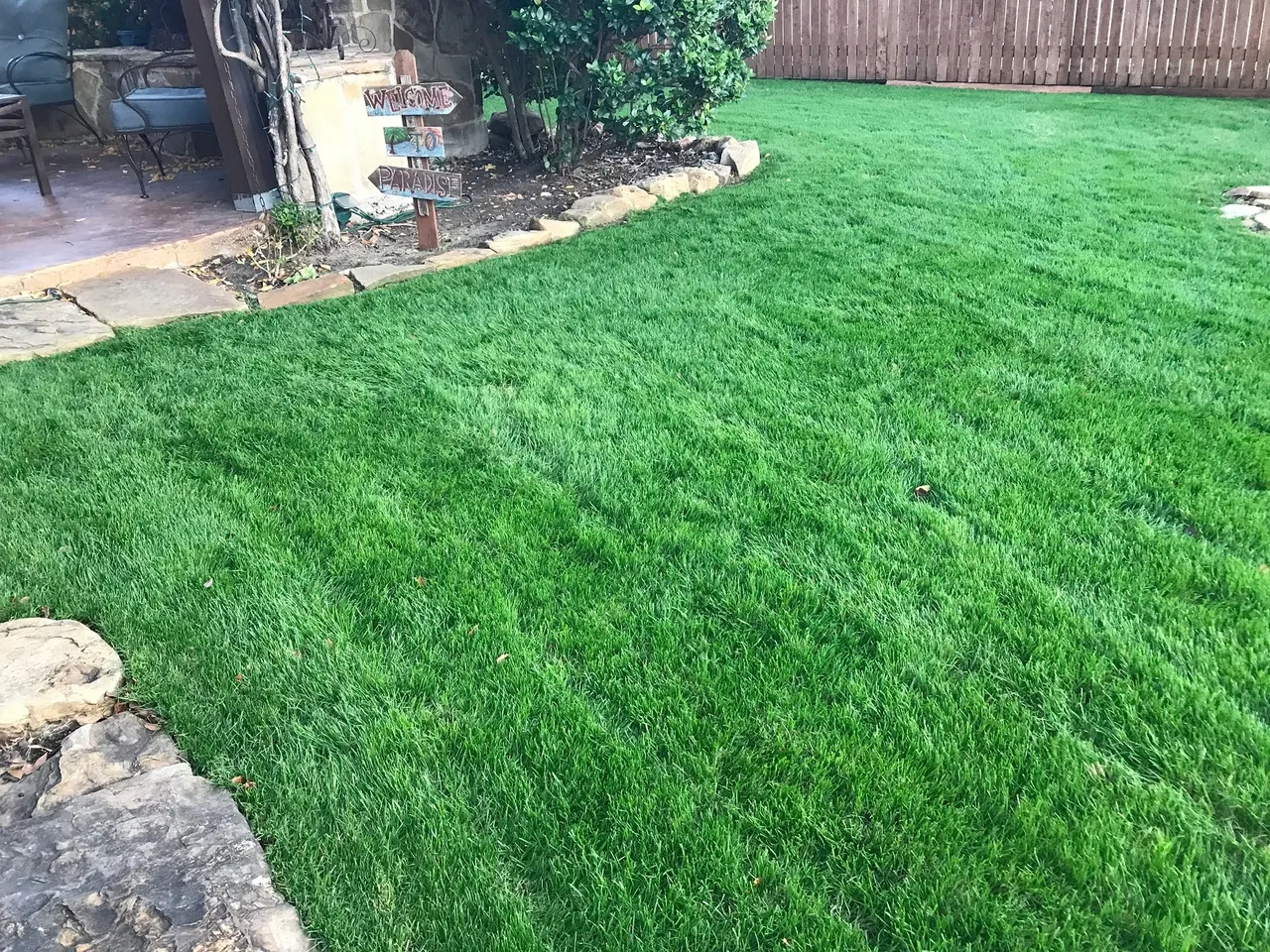Understanding Grass Types

Introduction
Welcome to the Sprinklers and Lawns Blog – Your go-to resource for expert tips, seasonal advice, and smart solutions in irrigation, lawn care, and outdoor maintenance. Whether you’re a new homeowner or a seasoned DIY’er, we provide reliable insights to help keep your yard green, efficient, and thriving all year round. Serving Dallas, Collin, Denton, and Rockwall counties for all your horticultural needs.
Cool-Season vs. Warm-Season Grasses
Lawn grasses are typically divided into two broad categories: cool-season and warm-season. Each type thrives in different climates and requires a tailored care approach.
- Cool-Season Grasses
These grasses are best suited for northern and transitional climates. They grow most actively in the spring and fall, when temperatures range between 60°F and 75°F. During hot summer months, cool-season grasses often go dormant, turning brown to conserve energy. Common cool-season varieties include:
- Kentucky Bluegrass – Known for its lush, dense appearance and ability to self-repair.
- Tall Fescue – Tolerant to heat and drought, with coarse blades.
- Fine Fescue – Ideal for shady areas; includes red, hard, and chewings fescues.
- Perennial Ryegrass – Quick germination and bright green color, often used in mixes.
- Warm-Season Grasses
These grasses flourish in southern and coastal climates, growing most actively in late spring through summer, when temperatures range from 80°F to 95°F. They become dormant and brown during cool or frosty weather. Common warm-season grasses include:
- Bermuda Grass – Durable, fast-spreading, and heat-tolerant.
- Zoysia Grass – Dense, carpet-like turf with great drought resistance.
- St. Augustine Grass – Broad-bladed, shade-tolerant, and ideal for humid regions.
Understanding which category your lawn falls into helps you optimize watering, mowing height, and fertilization timing, ultimately making your lawn easier to care for and more resilient.
How to Identify Your Grass Type
If you’re not sure what type of grass you have, here are some identification tips:
- Blade Texture: Cool-season grasses like Kentucky bluegrass or ryegrass usually have finer, softer blades, while warm-season types like Bermuda or St. Augustine have thicker, coarser blades.
- Growth Pattern: Warm-season grasses tend to spread by stolons (above-ground runners) or rhizomes (underground stems), filling in bare spots faster. Cool-season grasses grow in clumps or bunches.
- Seasonal Color Changes: If your lawn turns brown during winter but greens up in late spring, you likely have a warm-season grass. If it looks best in spring and fall but struggles in summer heat, it’s likely a cool-season variety.
- Ask a Pro: Local garden centers, lawn care companies, or your local extension office can help identify your lawn type if you’re unsure.
Tailoring Care to Your Grass Type
Watering
Cool-season grasses typically require more frequent but shorter watering sessions during summer dormancy. Warm-season varieties prefer deeper, less frequent watering during peak growth months to encourage deeper root systems.
- Mowing
Each grass type has an ideal mowing height:
Cool-season: 2.5–4 inches
Warm-season: 1–3 inches
Mowing too short can stress your lawn and invite weeds or disease.
- Fertilization
Cool-season lawns should be fertilized in spring and fall, while warm-season grasses benefit most from feeding in late spring through summer. Over-fertilizing during the dormant season can damage your lawn and waste resources.
Pro Tip
Take a few grass clippings or samples to your local garden center for identification. Once you know your lawn’s grass type, set up a seasonal care calendar that includes mowing, fertilizing, and irrigation based on that variety’s needs. The right routine can improve lawn health, reduce water use, and keep your yard looking great year-round.
Summary: Know Your Grass, Grow It Right
- Identify whether your grass is a cool-season or warm-season variety.
- Adjust watering, mowing, and fertilizing to fit your grass type and local climate.
- Use seasonal growth patterns to time repairs and overseeding.
- A customized care approach can prevent disease, improve water efficiency, and enhance curb appeal.
Understanding your grass type is one of the smartest first steps in becoming a confident and efficient homeowner when it comes to lawn care.
Stay Green All Year Round!
Join our newsletter for expert lawn care tips, seasonal sprinkler maintenance reminders, and exclusive service discounts.
Subscribe to our newsletter
Copyright © 2025 Sprinklers & Lawns | All Rights Reserved
